
How to Use ACS758: Examples, Pinouts, and Specs
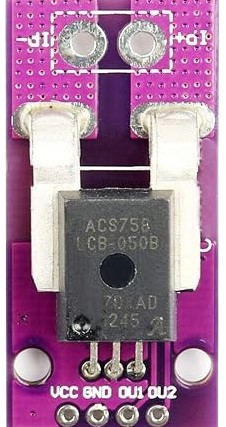
 Design with ACS758 in Cirkit Designer
Design with ACS758 in Cirkit DesignerIntroduction
The ACS758 is a Hall-effect-based current sensor designed for accurate and isolated current measurement. It is capable of measuring both AC and DC currents, making it a versatile component for a wide range of applications. The sensor outputs an analog voltage proportional to the current flowing through its primary conductor, enabling real-time monitoring and control.
Explore Projects Built with ACS758
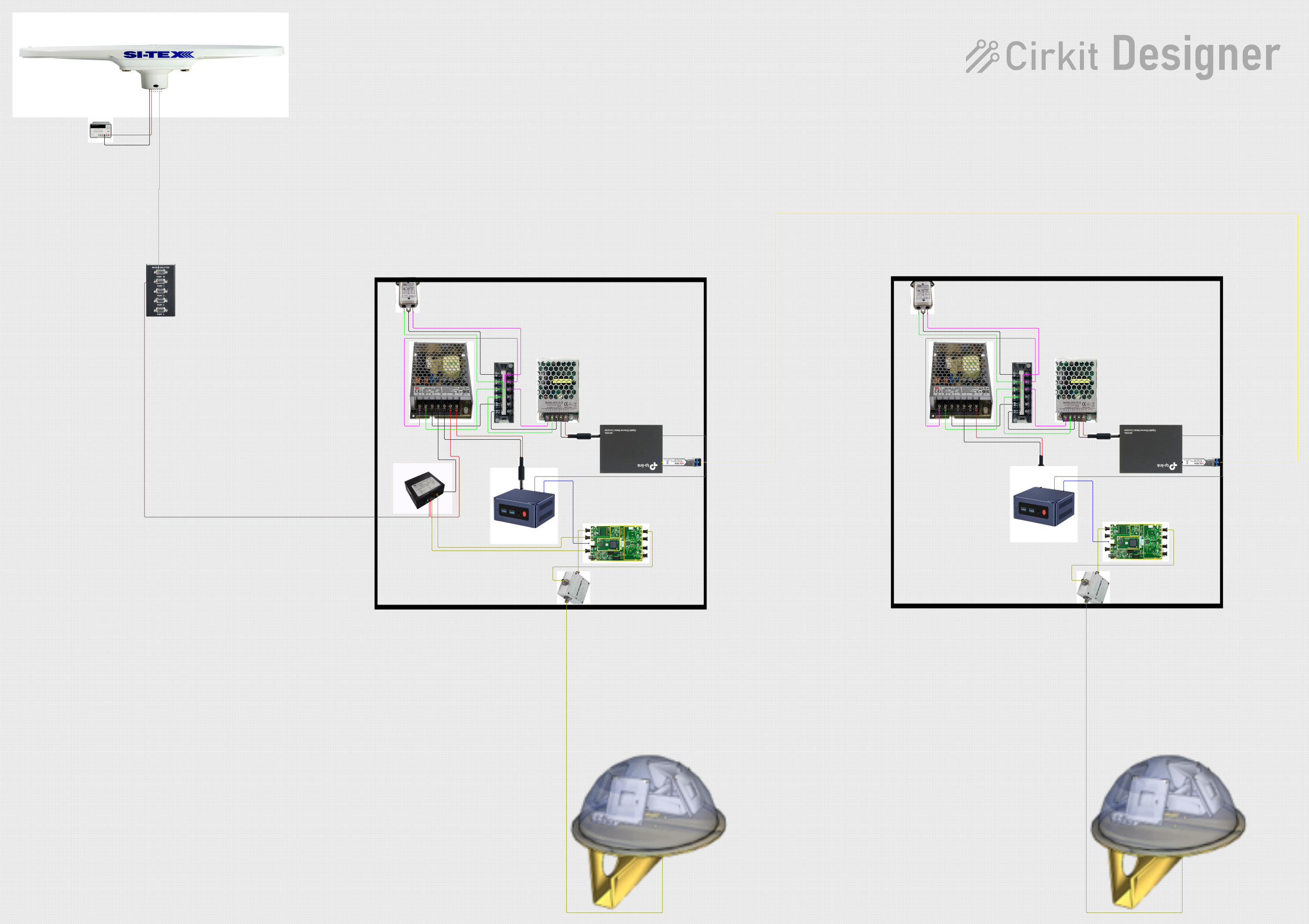
 Open Project in Cirkit Designer
Open Project in Cirkit Designer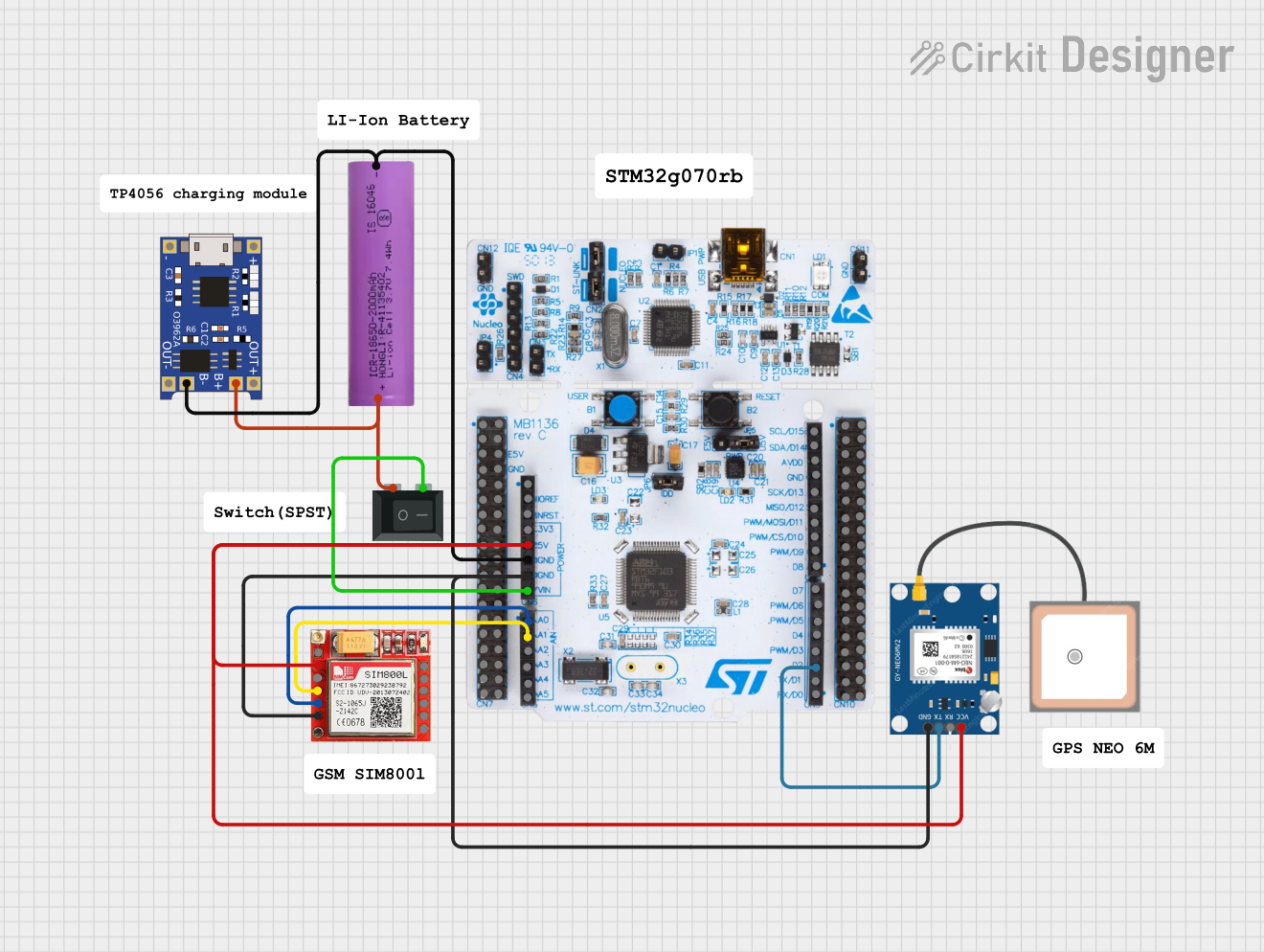
 Open Project in Cirkit Designer
Open Project in Cirkit Designer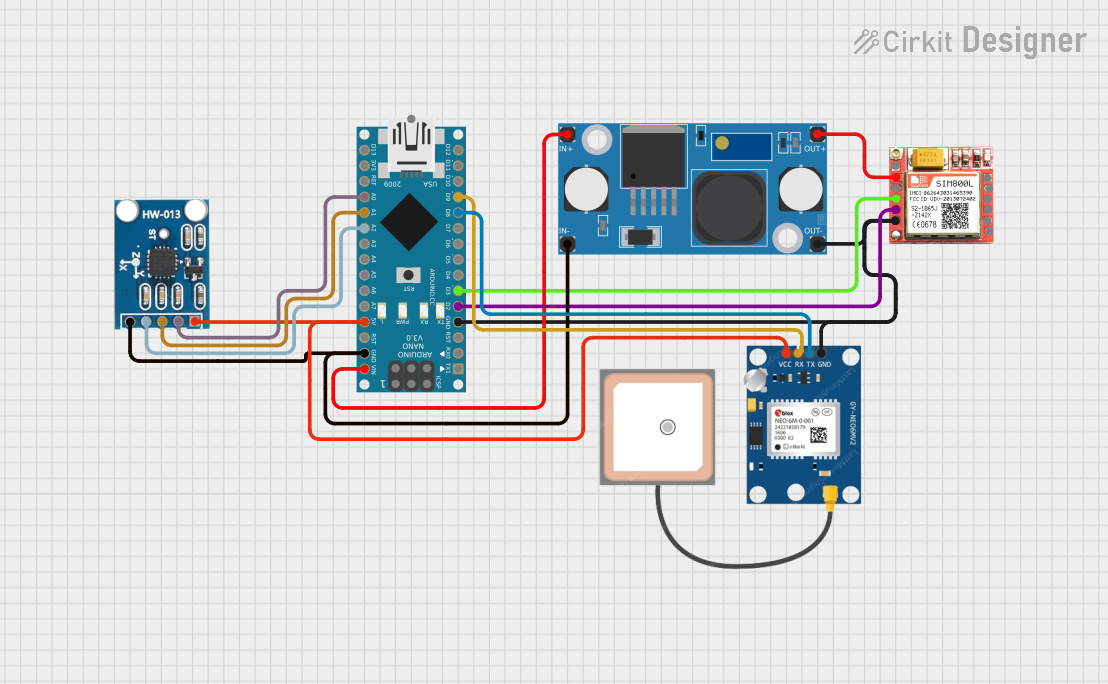
 Open Project in Cirkit Designer
Open Project in Cirkit Designer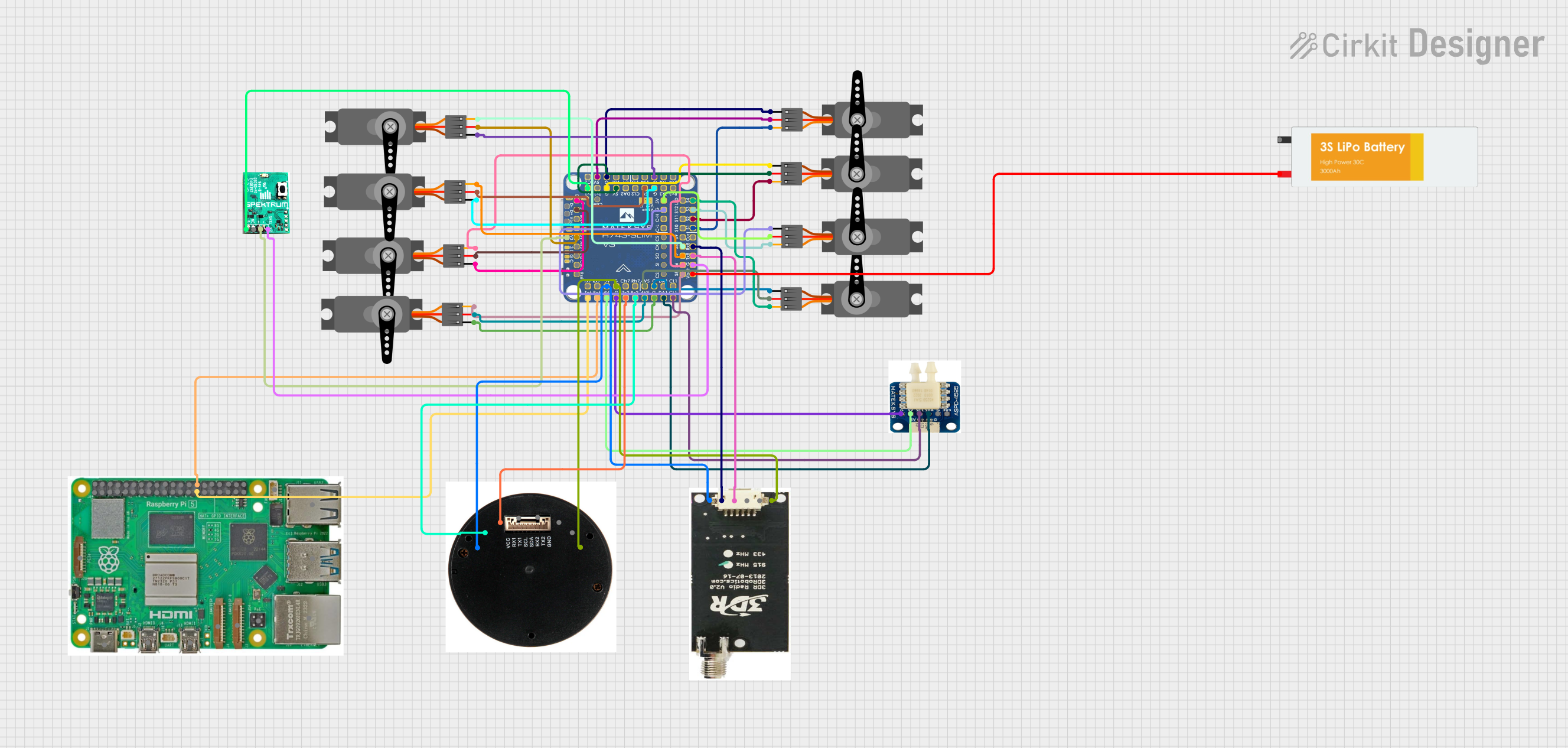
 Open Project in Cirkit Designer
Open Project in Cirkit DesignerExplore Projects Built with ACS758

 Open Project in Cirkit Designer
Open Project in Cirkit Designer
 Open Project in Cirkit Designer
Open Project in Cirkit Designer
 Open Project in Cirkit Designer
Open Project in Cirkit Designer
 Open Project in Cirkit Designer
Open Project in Cirkit DesignerCommon Applications and Use Cases
- Power monitoring in industrial and consumer electronics
- Battery management systems (BMS)
- Motor control and protection
- Solar inverters and renewable energy systems
- Overcurrent protection in power supplies
Technical Specifications
The ACS758 is available in various models with different current ranges. Below are the key technical details:
| Parameter | Value |
|---|---|
| Supply Voltage (Vcc) | 3.0V to 5.5V |
| Current Measurement Range | ±50A, ±100A, ±150A, ±200A (model-dependent) |
| Sensitivity | 20mV/A to 40mV/A (model-dependent) |
| Output Voltage Range | 0.5V to 4.5V (nominal) |
| Bandwidth | 120 kHz |
| Response Time | 4 µs |
| Isolation Voltage | 3.0 kV RMS |
| Operating Temperature Range | -40°C to +150°C |
Pin Configuration and Descriptions
The ACS758 is typically available in a 5-pin package. Below is the pinout description:
| Pin Number | Pin Name | Description |
|---|---|---|
| 1 | Vcc | Power supply input (3.0V to 5.5V) |
| 2 | GND | Ground connection |
| 3 | VIOUT | Analog output voltage proportional to current |
| 4 | IP+ | Positive current input terminal |
| 5 | IP- | Negative current input terminal |
Usage Instructions
How to Use the ACS758 in a Circuit
- Power Supply: Connect the Vcc pin to a stable 3.3V or 5V power supply and the GND pin to the ground of the circuit.
- Current Path: Pass the current to be measured through the IP+ and IP- terminals. Ensure the current does not exceed the sensor's rated range.
- Output Signal: Connect the VIOUT pin to an analog input of a microcontroller or an ADC (Analog-to-Digital Converter) to read the voltage output.
- Calibration: The output voltage at zero current is typically 2.5V (for a 5V supply). Use this as a reference point for calibration.
Important Considerations and Best Practices
- Electrical Isolation: The ACS758 provides galvanic isolation between the current-carrying conductor and the output signal, ensuring safety in high-voltage applications.
- Filtering: Add a decoupling capacitor (e.g., 0.1 µF) between Vcc and GND to reduce noise.
- Orientation: Ensure the current flows in the correct direction through the IP+ and IP- terminals to avoid incorrect readings.
- Temperature Compensation: The sensor's output may vary slightly with temperature. Consider implementing software compensation if precise measurements are required.
Example: Using ACS758 with Arduino UNO
Below is an example of how to interface the ACS758 with an Arduino UNO to measure current:
// Define the analog pin connected to the ACS758 VIOUT pin
const int sensorPin = A0;
// Define the zero-current output voltage (2.5V for 5V supply)
const float zeroCurrentVoltage = 2.5;
// Define the sensitivity of the ACS758 (e.g., 40mV/A for ±50A model)
const float sensitivity = 0.04; // 40mV/A
void setup() {
Serial.begin(9600); // Initialize serial communication
}
void loop() {
// Read the analog value from the sensor
int sensorValue = analogRead(sensorPin);
// Convert the analog value to voltage (assuming 5V reference)
float voltage = sensorValue * (5.0 / 1023.0);
// Calculate the current in Amperes
float current = (voltage - zeroCurrentVoltage) / sensitivity;
// Print the current to the Serial Monitor
Serial.print("Current: ");
Serial.print(current);
Serial.println(" A");
delay(1000); // Wait for 1 second before the next reading
}
Troubleshooting and FAQs
Common Issues and Solutions
No Output or Incorrect Readings:
- Ensure the Vcc and GND pins are properly connected to a stable power supply.
- Verify that the current through the IP+ and IP- terminals is within the sensor's rated range.
- Check for loose or incorrect wiring.
Noisy Output Signal:
- Add a decoupling capacitor (e.g., 0.1 µF) between Vcc and GND to filter noise.
- Use shielded cables for the current-carrying conductor to reduce electromagnetic interference.
Output Voltage Does Not Match Expected Value:
- Verify the sensitivity value for your specific ACS758 model.
- Ensure the zero-current output voltage (typically 2.5V) is correctly accounted for in calculations.
Temperature-Related Drift:
- Use software compensation to account for temperature variations if precise measurements are required.
FAQs
Q: Can the ACS758 measure both AC and DC currents?
A: Yes, the ACS758 can measure both AC and DC currents accurately.
Q: What happens if the current exceeds the sensor's rated range?
A: Exceeding the rated current may damage the sensor or result in inaccurate readings. Always choose a model with an appropriate current range for your application.
Q: Is the ACS758 suitable for high-voltage applications?
A: Yes, the ACS758 provides electrical isolation up to 3.0 kV RMS, making it suitable for high-voltage applications.
Q: How do I select the correct ACS758 model for my application?
A: Choose a model with a current range that matches or slightly exceeds the maximum current in your application. For example, use the ±50A model for currents up to 50A.
Q: Can I use the ACS758 with a 3.3V microcontroller?
A: Yes, the ACS758 operates with a supply voltage as low as 3.0V, making it compatible with 3.3V systems.